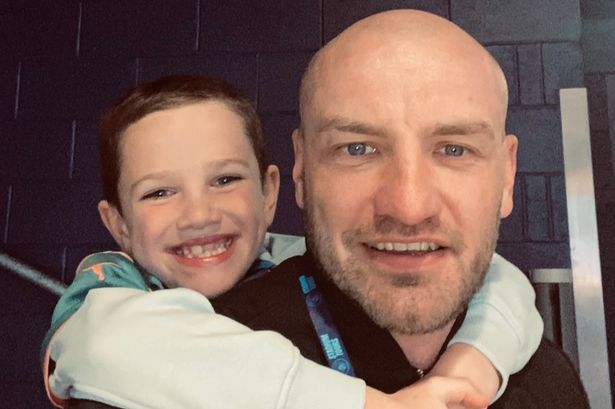Researchers at Florida Atlantic University have made a significant discovery regarding the role of the protein known as Frazzled, identified as DCC in mammals. This protein plays a crucial part in the nervous system of Drosophila, commonly known as fruit flies, by facilitating rapid connections and communication between neurons. Their study, published in eNeuro in March 2025, highlights how Frazzled influences the formation of synapses, the connections that allow neurons to interact effectively.
The research focused on the Giant Fiber (GF) System, a neural circuit responsible for the fruit fly’s quick escape reflex. The findings indicate that when Frazzled is absent or mutated, the system’s functionality deteriorates. Neurons struggle to establish proper electrical connections, leading to reduced speed in neural responses and weakened communication between GF neurons and the associated muscles. A critical factor in this disruption is the loss of gap junctions—tiny channels that enable direct and rapid signal transmission between neurons.
To pinpoint Frazzled’s exact function, the team employed a genetic tool called the UAS-GAL4 system to reintroduce various segments of the Frazzled protein into mutant flies. Remarkably, they discovered that the intracellular domain of Frazzled, which operates within the neuron to influence gene expression, was sufficient to restore both synaptic structure and the speed of neuronal communication. Conversely, when this domain was disrupted, such as by removing a key area known as P3 or altering an essential site, the restoration was unsuccessful. This indicates that Frazzled’s gene activity regulation is vital for developing gap junctions.
In addition to laboratory experiments, the researchers crafted a computational model of the GF System. This model simulated the impact of gap junction density on the reliability of neuronal firing. The results confirmed that even minor variations in gap junction numbers could significantly affect the speed and precision of neural signals. This blend of experimental and computational methodologies allowed the team to understand not only the importance of Frazzled but also the specific ways it shapes the neural connections necessary for effective communication.
Interestingly, while Frazzled has long been recognized as a guidance molecule directing neuron growth along appropriate paths, this study unveiled its additional role in directly regulating synapse formation. Flies deprived of Frazzled displayed neurons that often grew erratically, failing to reach their intended targets. The restoration of the intracellular domain corrected many of these growth errors, underscoring Frazzled’s dual function in both wiring neurons and optimizing their communication.
The implications of this research extend beyond fruit flies, as similar proteins in worms and vertebrates have demonstrated an impact on chemical synapses. This suggests that Frazzled and its homologs may play a conserved role in shaping neural networks across various species.
Dr. Rodney Murphey, the study’s senior author and a professor of biological sciences at the FAU Charles E. Schmidt College of Science, emphasized the importance of understanding how neurons establish reliable connections. “Frazzled gives us a clear handle on one piece of that puzzle. Our findings could inform future studies of neural development, neurodegenerative diseases, and strategies to repair damaged circuits,” he stated.
The research team included first author Juan Lopez, a postdoctoral researcher, along with Jana Boerner, Kelli Robbins, and Rodrigo Pena, demonstrating a collaborative effort to unlock the complexities of neural connectivity. As scientists look to the future, they aim to explore whether similar mechanisms govern neural circuits in other species, including mammals, potentially influencing learning, memory, and recovery from injuries.







